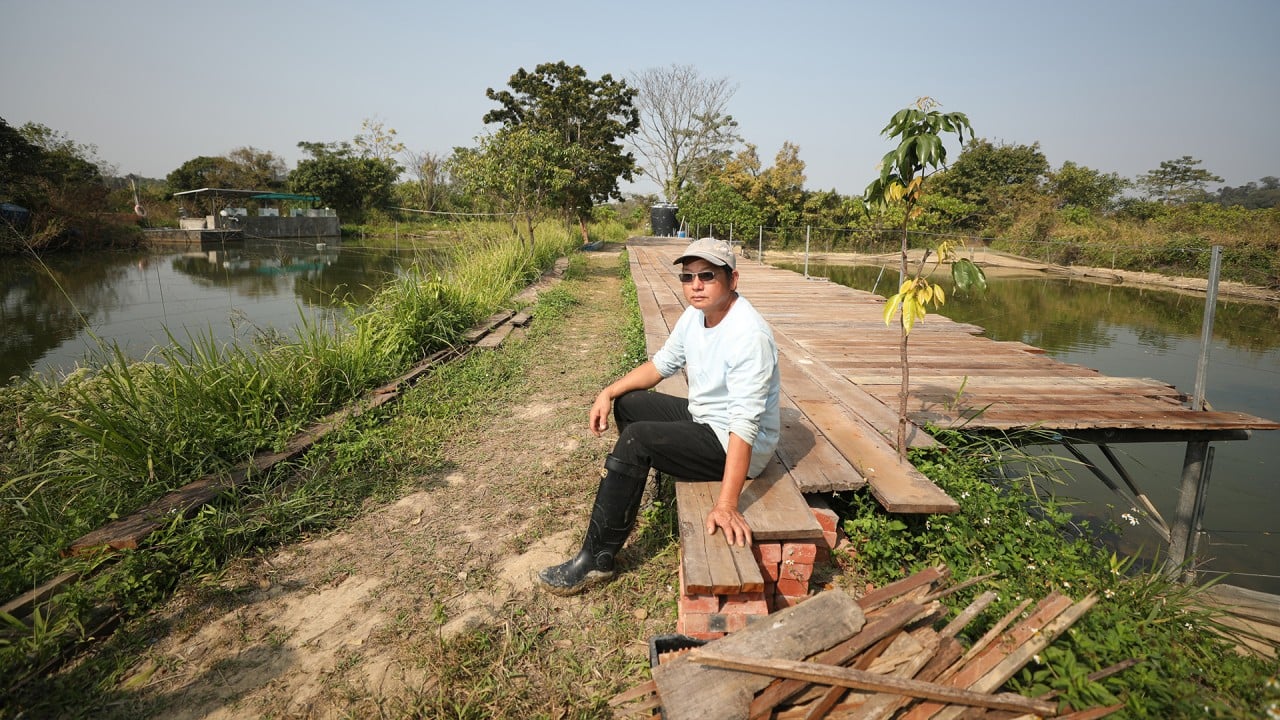
Why Hong Kong’s Northern Metropolis plan must look to both the past and future
- Other than its proximity to Shenzhen, how can the Northern Metropolis instigate growth for the rest of Hong Kong?
- One approach would be to fully realise the vision for former ‘new towns’ such as Tai Po while developing a knowledge and tech corridor connecting Hong Kong’s universities
Recently I had the honour of joining a design review of student work at the University of Hong Kong. Invited to be a critic by Alain Chiaradia, deputy head of the Department of Urban Planning and Design, and Francis Sootoo, director of Systra MVA and a world-leading traffic engineering and planning consultant, I learned that the student projects were part of one of the first interdisciplinary Master of Science in Urban Design and Transport (MUDT) programmes in Asia.
That was a surprise, to say the least, as Asia has some of the world’s most densely populated metropolises and one would assume there were many similar degree programmes in urban planning, analytics and mobility in other universities.
The subtle difference is in the programme’s vision. Urban and city planning degrees are plentiful, but they mostly focus on land use, zoning, density distribution and placemaking. With today’s cutting-edge technology, shared knowledge and the emerging need for access and connectivity to adjacent and interdependent economies, we can reconceive urban planning and our city’s growth with a more dynamic, holistic and global approach.
Specifically, the task of planning should not merely be confined to a specific area or district, but should closely examine the adjacent neighbourhoods, and transport and mobility support, and how they could enhance opportunities, convenience, health and accessibility across a much wider region.
While linking places is important, we need to design on an inter- and intra-urban scale concurrently, to harmonise the old and the new, and cater to changing work, lifestyle and leisure habits. This would address much wider social, economic and environmental issues for our common well-being.

The MUDT studio confronts this question head-on and proposes that, with the right approach, the Northern Metropolis and related developments could also fulfil an urbanisation vision from 50 years ago.
Since 1973, the then Territory Development Department launched nine self-contained “new towns” with the intention of dispersing density from the urban cores on the Kowloon peninsula and Hong Kong Island.
While a whopping 3.57 million people – 48 per cent of Hong Kong’s population – live in these new towns today, a large number of jobs are still in the inner city, putting immense pressure on the public transport system. The ingredients were there, but we fell short of fully realising self-contained towns, like Pudong was to Shanghai, Kawasaki and Yokohama were to Tokyo, or Brooklyn and the Bronx were to New York.
In parallel with the ambitious Northern Metropolis development that will not be fully realised until 2046, some of the former new towns could be redeveloped as destinations and linkage nodes with increases in commerce, population and density. In particular, it might be worth taking a closer look at Tai Po.
“Why Tai Po?” one may ask. Chiaradia’s studio offered several insights.
First, as one of the former nine new towns, Tai Po lies midway between the old Harbour Metropolis, characterised by the financial hub along Victoria Harbour, and the new Northern Metropolis. With a population of 276,400 according to the 2021 census and 2,949 hectares of land, even without touching the sizeable woodland areas, there is much room to increase density and redevelopment within and around the industrial areas.
According to Chiaradia, we can aspire to develop a new knowledge economy and offer a different experience and lifestyle, considering the role Tai Po InnoPark, Tolo Harbour and Mirs Bay can play in the development of nautical and nature-based tourism and industry.
An enhanced Tai Po should not only link the two metropolises, but also be a self-contained district that offers diverse opportunities and hosts micro economies and businesses, fulfilling what was anticipated 50 years ago.

Second, Hong Kong has five universities in the world’s top 100 and Asia’s top 25, according to the Times Higher Education rankings this year.
Other than offering quality education, research and development facilities, and professional staff, a world-class education hub would welcome foreign businesses to set up headquarters, regional offices and research facilities. This is exactly what the Northern Metropolis could offer in the technopole, innovation and technology park, and the commerce and industry zone.
The Northern Metropolis development does not need to start from scratch, it can leverage our well-established universities by improving their infrastructure and facilities.
While the work of an academic design studio might be hypothetical, the MUDT student projects are worth looking into. They remind us that innovation and invention are not merely about looking forward, and that we need to revisit existing built environments and revitalise what our predecessors passed on to us.
The dual metropolises, by seamlessly integrating the existing and the new, the built and the underdeveloped, and micro and macro economies, would validate and strengthen our position as “Asia’s World City”.
Dennis Lee is a Hong Kong-born, America-licensed architect with years of design experience in the US and China


